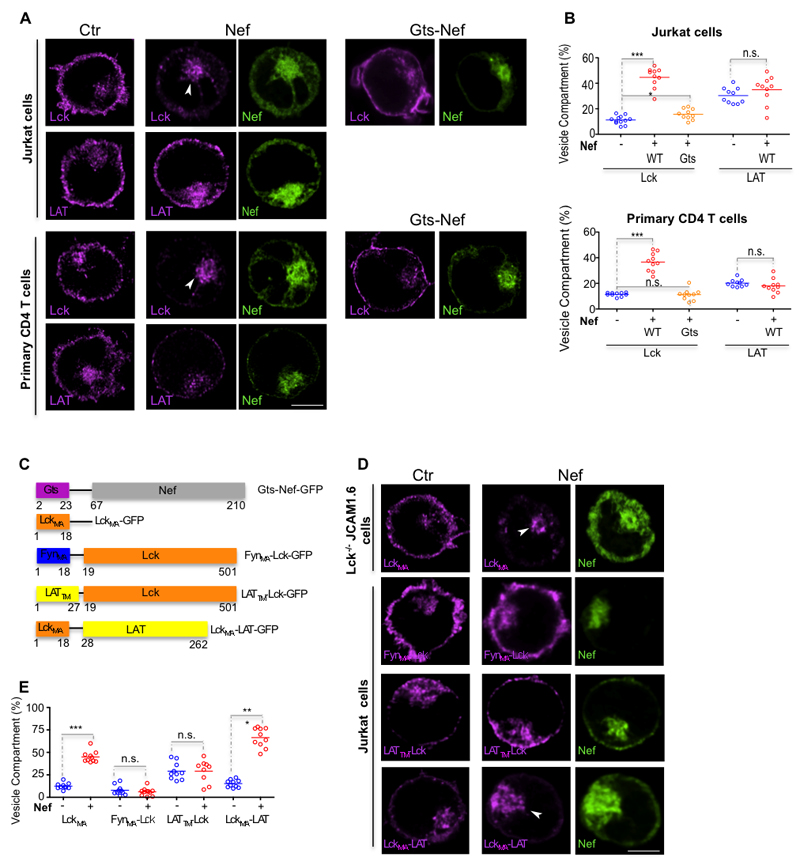Figure 1. Nef promotes the vesicular retention of Lck but not of LAT.
(A) Deconvoluted confocal images of the effect of Nef and Gts-Nef (green) on the subcellular distribution of endogenous Lck and LAT (magenta) in Jurkat T cells (top panel) and in primary CD4 T cells (bottom panel).
(B) Population analysis quantifying the 3D fluorescence intensity in the vesicular compartment relative to total fluorescence of Lck and LAT in Jurkat cells (top panel) and in primary CD4 T cells processed as in (A) for n=10 cells per experimental condition.
(C) Schematic representation of the chimeric proteins used. To alter Nef trafficking properties its membrane anchoring domain was replaced by a Golgi targeting sequence (18). To alter Lck trafficking properties its membrane anchoring domain (LckMA) was replaced either with Fyn membrane anchoring domain (FynMA-Lck) or with LAT transmembrane domain (LATTM-Lck). To alter LAT trafficking properties its transmembrane domain was replaced by Lck membrane anchoring domain (LckMA-LAT).
(D) Deconvoluted confocal images of the effect of Nef (green) on the subcellular distribution of Lck anchoring domain in Lck deficient JCAM1.6 cells (top row) and on Lck and LAT chimeric proteins (bottom rows) in Jurkat T cells.
(E) Population analysis quantifying the effect of Nef on the subcellular distribution of endogenous and chimeric Lck and LAT proteins, measured by 3D fluorescence intensity in the vesicular compartment relative to total fluorescence, in Jurkat T cells for n≥9 cells per experimental condition.
Arrows (A, D) highlight accumulation of the signaling molecules in the vesicular compartment; scale bar, 5 μm. Each symbol represents a cell. Data are representative (A, D) or represent (B, E) 3 independent experiments ***P<0.0001, n.s. not significative (Mann-Whitney test).

